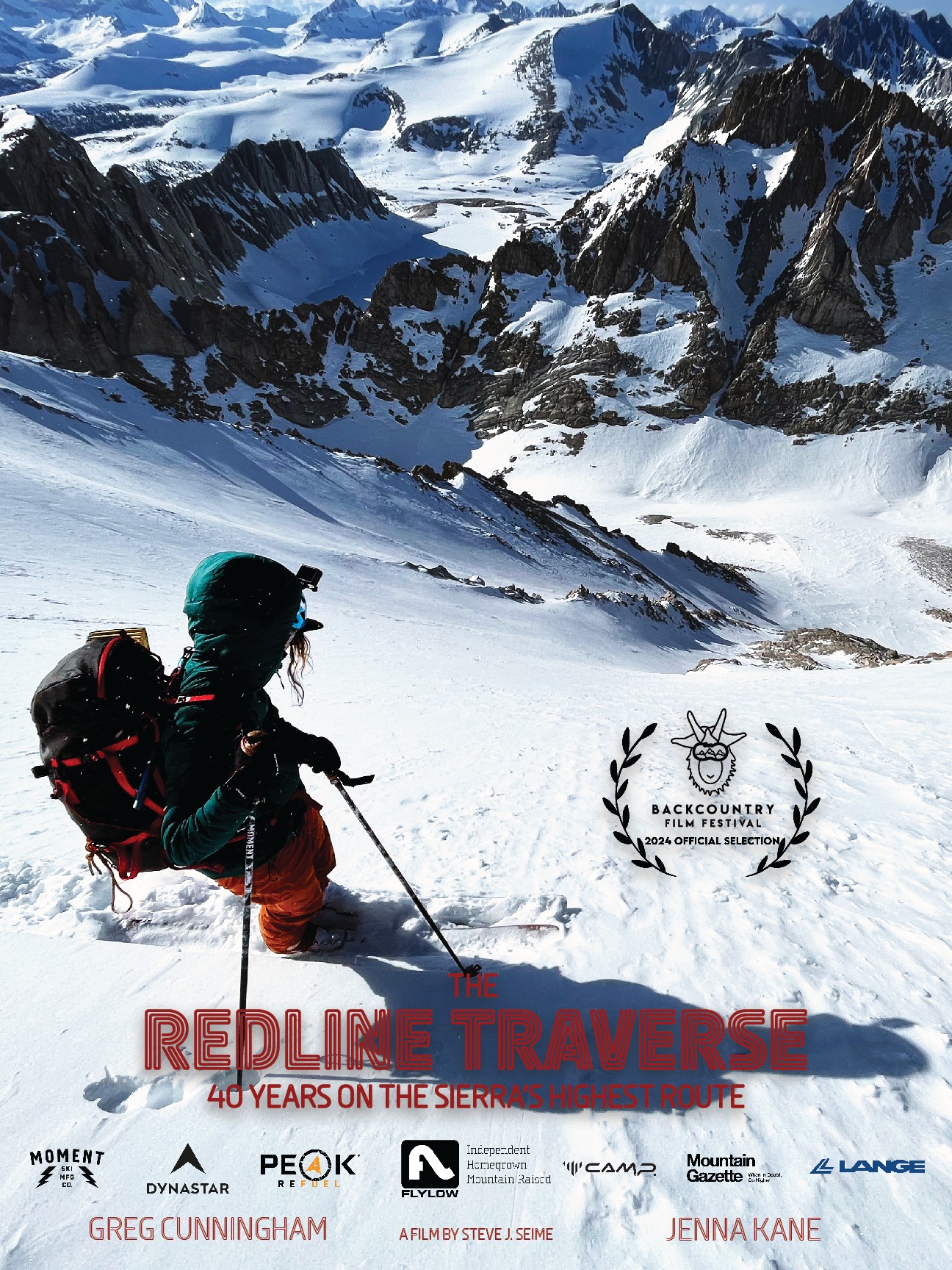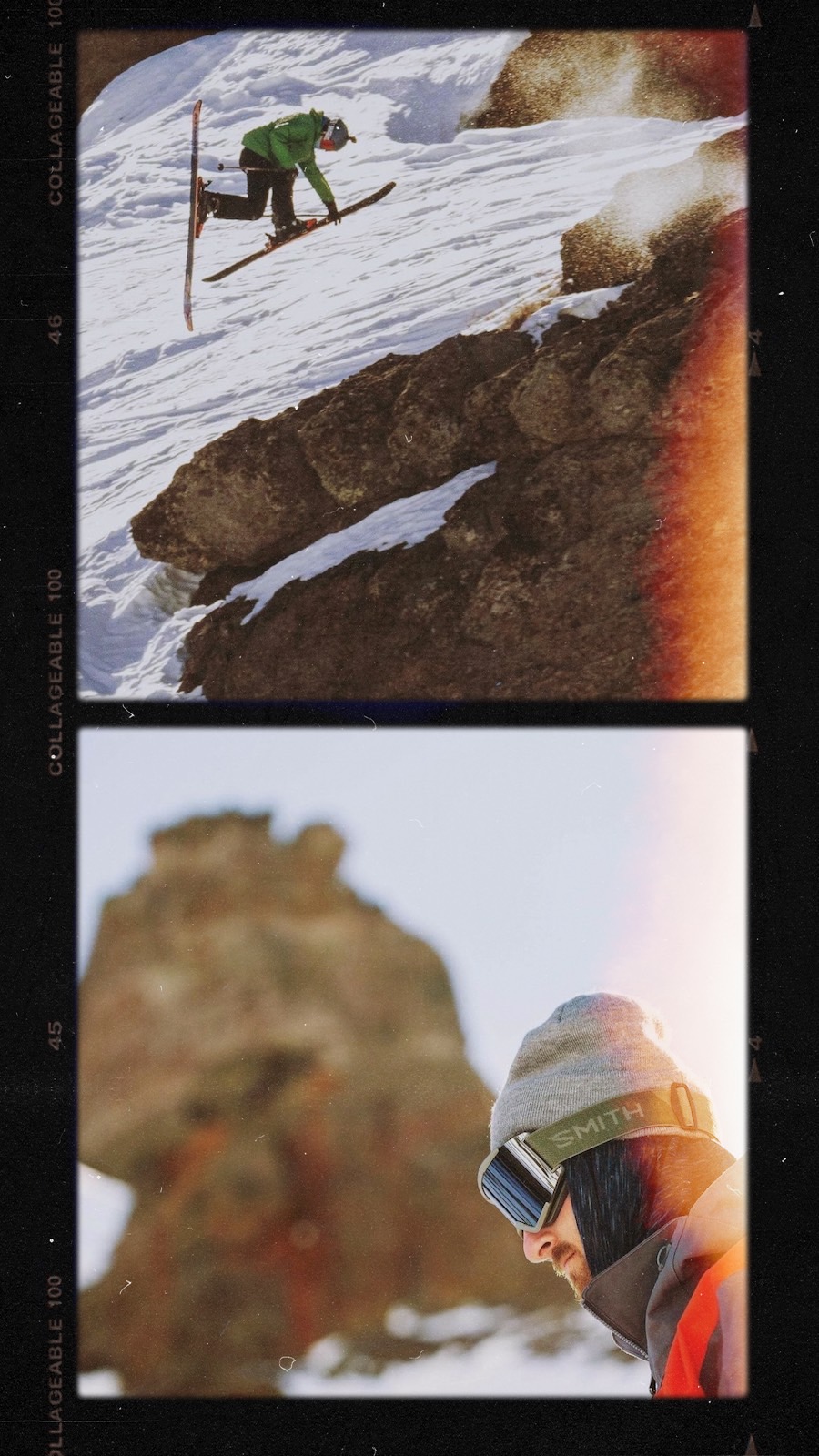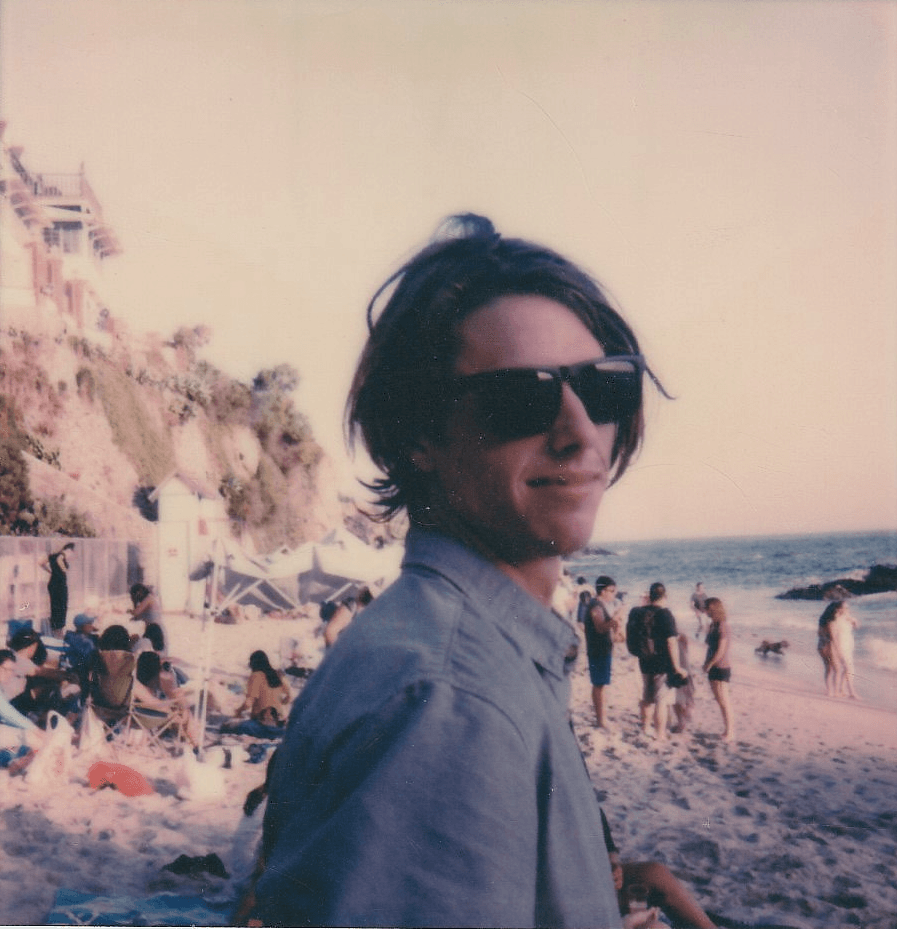Alright – so today we’ve got the honor of introducing you to Steve Seime. We think you’ll enjoy our conversation, we’ve shared it below.
Steve, thanks for taking the time to share your stories with us today So let’s jump to your mission – what’s the backstory behind how you developed the mission that drives your brand?
When I was growing up, I was mesmerized by films that made me think, that made me question reality in some way. I wanted to be challenged. I wanted to find the deeper meaning. Plot may be the most important part of moving a story forward, but for me, the deeper meaning I sought rarely came from the plot, but rather, strong, underlying themes that were woven into the subtext of what was written on paper. It was like a puzzle, and attempting to put all the pieces together gave me a sort of emotional, sometimes even spiritual, high. The stronger the themes, the more memorable the story was to me, and the more inspired I was to create change with my own creative endeavors. So when I began to write films of my own, creating strong themes became my priority. The mission of my filmmaking career is to challenge or invite the viewer to think in some deeper way. No matter the project, that is my ultimate goal.
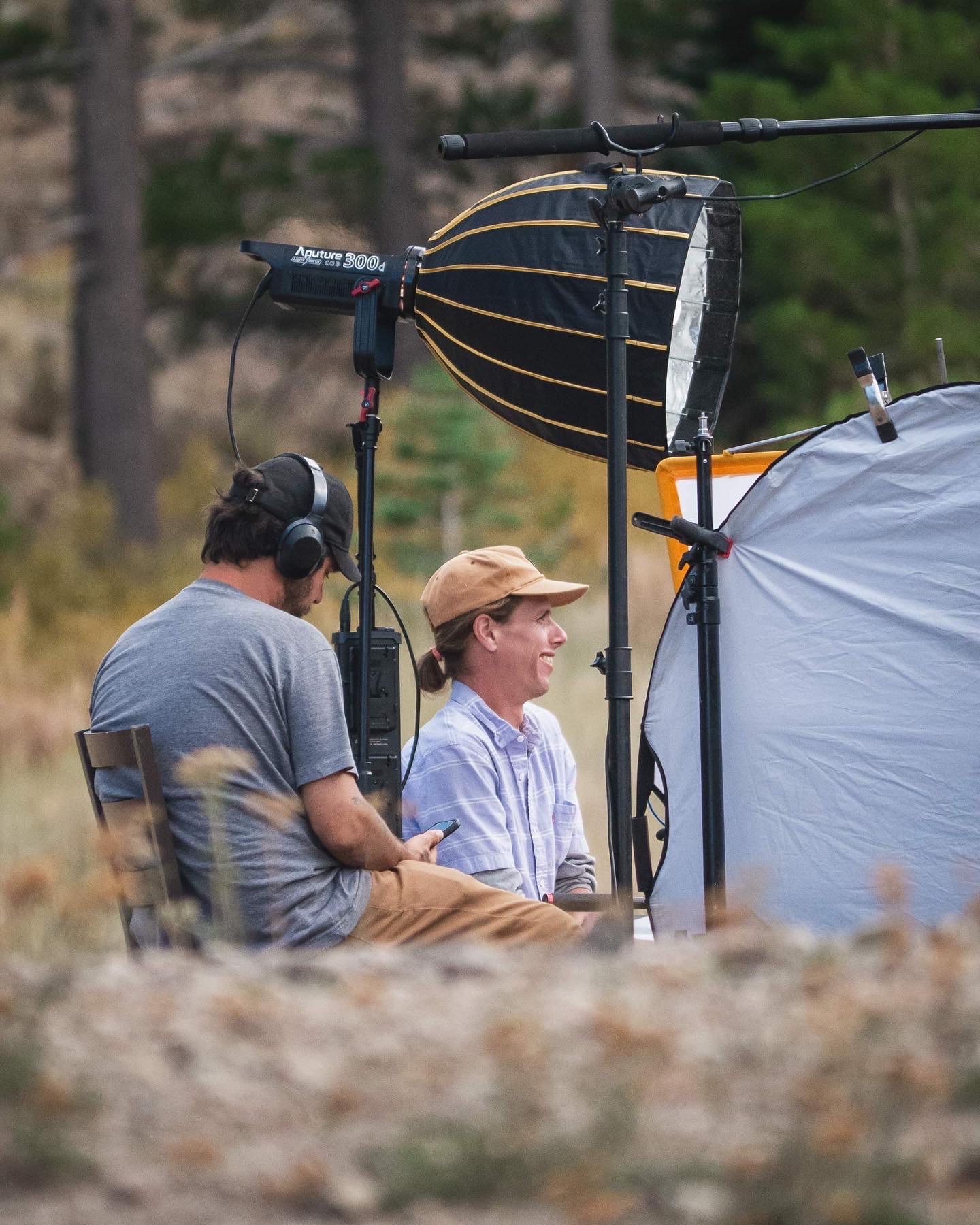
As always, we appreciate you sharing your insights and we’ve got a few more questions for you, but before we get to all of that can you take a minute to introduce yourself and give our readers some of your back background and context?
My name is Steve Seime, I am a Documentary Filmmaker who specializes in telling stories about people who represent the culture of the extreme outdoors. I wrote and directed “The Redline Traverse: 40 Years on the Sierra’s Highest Route” and “Kirkwood Ski Resort: 50 Years Deep”. I continue to write longer-form documentaries, but I earn a living producing, filming, and editing short-form digital content for various companies around the nation.
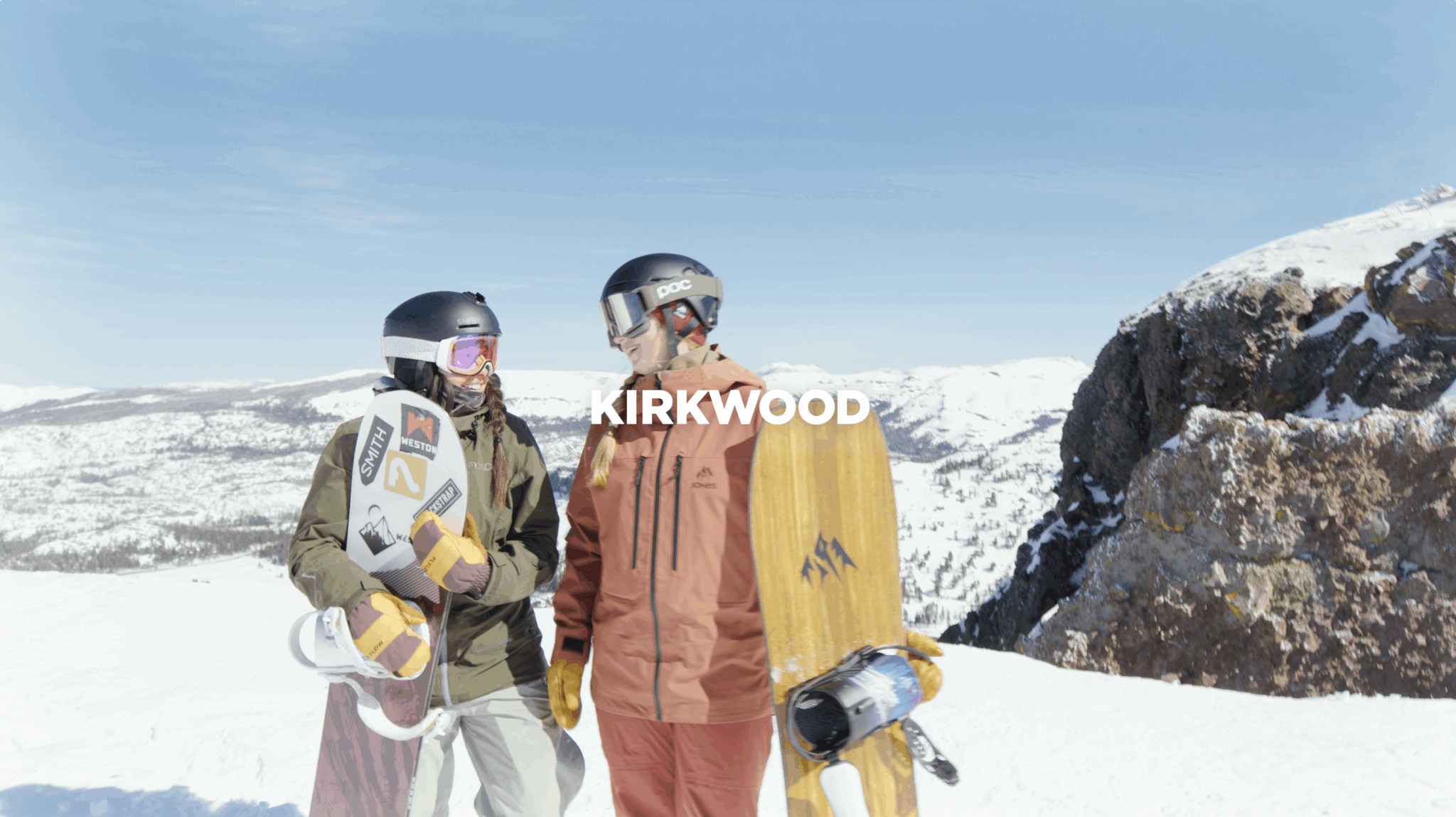
We’d love to hear the story of how you turned a side-hustle into a something much bigger.
I’ve been making films and telling stories for as long as I can remember. In high school, I always filmed skits or skate videos with friends, just for fun, never imagining it would one day become a career. I didn’t follow a traditional college path. Instead, I spent years traveling around California—waiting tables, teaching surf lessons, and chasing snow as a ski bum. It wasn’t until I was working at a surf school under the Rip Curl shop in Laguna Beach that I started to take film seriously. Laguna is a haven for artists, and many of my closest friends at the time were emerging creatives. Their passion and progress inspired me to take a leap of faith into the creative world.
I began producing short promotional videos for that small surf school that highlighted not just the lessons, but the instructors and the surrounding community. I discovered that I could tell meaningful, authentic stories while also communicating key business messages. These early projects taught me how to collaborate with non-creatives, interpret feedback, and work within a team—skills that have remained central to my career. Still, I had a long road ahead of me before I began making enough money to support myself with film alone.
To stay afloat financially, while also building my portfolio, I continued to take on full-time jobs at production houses in LA, small marketing firms in the Bay Area, and in larger corporate environments. All while producing passion pieces on the side. Balancing survival work with creative ambition was not easy, and at times, I questioned whether it was sustainable. But I kept going, one project at a time. About six years ago, I reached a turning point. With the capital I was able to save from and the experience I’d gained from my full-time job, I finally transitioned fully into freelance work.
Since then, I’ve built a full-time career as a filmmaker, focusing primarily on stories within the extreme outdoor and adventure space. I’ve had the opportunity to work with some of my heroes and share their stories with audiences around the world—something I never imagined possible when I was filming skate videos in high school, and I’ve even prepared a solid retirement fund while doing it.
Things aren’t perfect and there are certainly still lows along with the highs, but the freedom it gives me is priceless. If there’s one piece of advice I can offer aspiring creatives, it’s this: build your financial foundation early with a dynamic revenue stream, save as much as you can, stay relentlessly committed to your vision, and always tell a damn good story.

Are there any books, videos, essays or other resources that have significantly impacted your management and entrepreneurial thinking and philosophy?
If I had to narrow it down to two essential reads, I’d recommend In the Blink of an Eye: A Perspective on Film Editing by Walter Murch and Aristotle’s Poetics, and his six essential elements of drama: Plot, Character, Thought, Diction, Melody, and Spectacle.
Both pieces are generally used as manuals on how to technically craft a story, but I’ve found them to be so much more, and I use many of the philosophies that I learned reading these books in my leadership and management style. These books have taught me that, whether I’m making a film, developing a business strategy, or collaborating with a team, every creative or managerial decision should be guided by purpose, not by the latest trend or some gimmick, but by what the “arc” of the story needs emotionally and what my colleages need emotionally as collaborators. In other words, every project should serve the people I am working with and the people we are all making the project for. Egos should be checked at the front door, and while there’s much to be learned, Murch and Aristotle’s teachings have helped me figure that fact out.
Contact Info:
- Website: https://www.stevefromseb.com
- Instagram: stevefromseb
- Linkedin: https://www.linkedin.com/in/steve-j-seime-0b582676/
- Youtube: https://www.youtube.com/@stevefromseb

